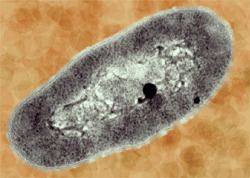Scientific name Arthrobacter Phylum Actinobacteria Order Actinomycetales | Higher classification Micrococcaceae Rank Genus | |
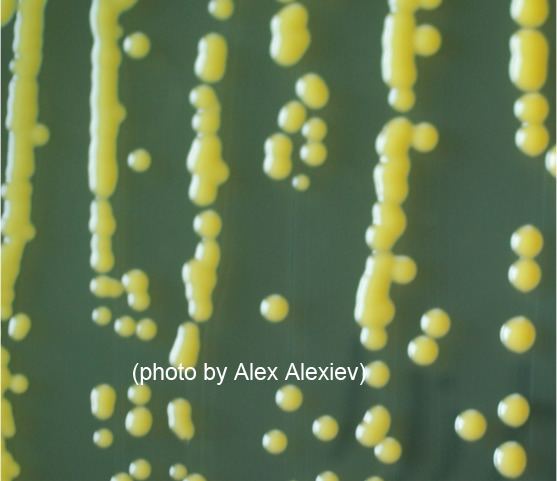 | ||
Similar Bacteria, Brevibacterium, Rhodococcus, Micrococcus, Microbacterium | ||
Informe salamanca arthrobacter sp la bacteria alba il
Arthrobacter (from the Greek, "jointed small stick”) is a genus of bacteria that is commonly found in soil. All species in this genus are Gram-positive obligate aerobes that are rods during exponential growth and cocci in their stationary phase. Arthrobacter have a distinctive method of cell division called "snapping division" or reversion in which the outer bacterial cell wall ruptures at a joint.
Contents
- Informe salamanca arthrobacter sp la bacteria alba il
- Como opera planta de tratamiento aguas residuales www arthrobacter com mx
- Description
- Use in industry
- Other uses
- References
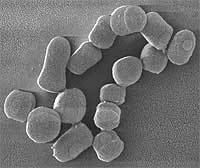
Como opera planta de tratamiento aguas residuales www arthrobacter com mx
Description
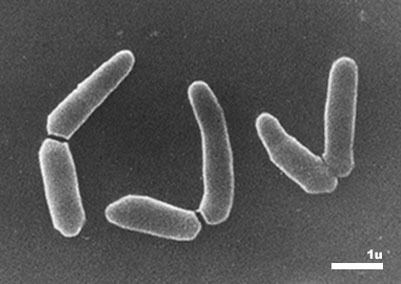
Arthrobacter can be grown on mineral salts pyridone broth, where colonies have a greenish metallic center on incubated at 20 °C (68 °F). Under the microscope, Arthrobacter appear as rods when rapidly dividing, and cocci when in stationary phase. Dividing cells may also appear as chevrons ("V" shapes). Other notable characteristics are that it can use pyridone as its sole carbon source, and that its cocci are resistant to desiccation and starvation.
Use in industry
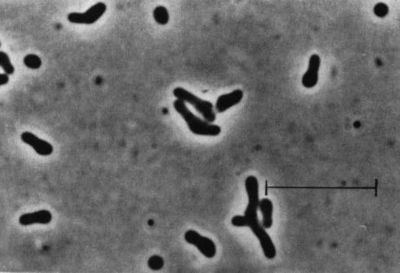
Arthrobacter, like other bacterial genre including Brevibacterium, Microbacterium, and Corynebacterium are used for industrial production of L-glutamate. In industrial applications, Arthrobacter is often grown with low-cost sugar sources such as cane or beet molasses, starch hydrolysates from corn or cassava tubers, or tapioca. Along with sugar, ammonia and ammonium salts are added as a nitrogen source. The vitamins, minerals, and some other types of nutrients can be provided by adding corn steep liquour.
Other uses
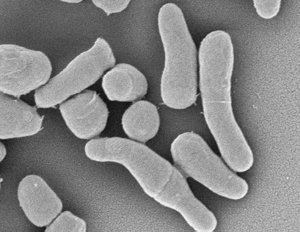
Various Arthrobacter species have been investigated for other commercial applications. A. crystallopoietes and A. chlorophenolicus have been shown to reduce hexavalent chromium and 4-chlorophenol levels in contaminated soil, suggesting they may be useful for bioremediation. Similarly, Arthrobacter sp. strain R1 (American Type Culture Collection strain number 49987) has been shown to grow on a variety of aromatic compounds, including homocyclic compounds, such as hydroxybenzoates, as well as N-heterocycles, including pyridine and picoline.
Arthrobacter sp H65-7 produces the enzyme inulase II that converts inulin into the medically-relevant nutrient difructose anhydride.
The enzyme Alu obtained from Arthrobacter luteus is able to cleave Alu sequences which is frequently repeated in human DNA.
